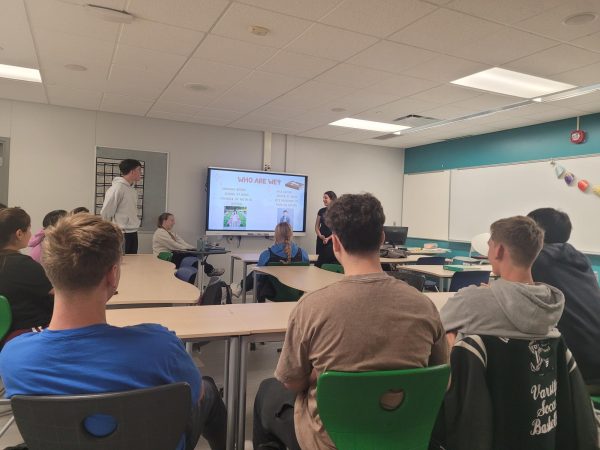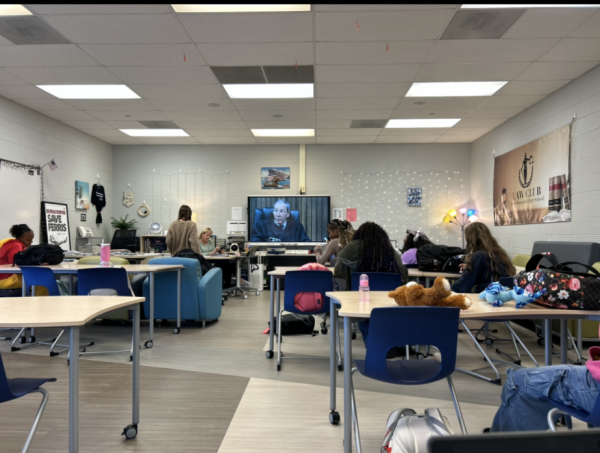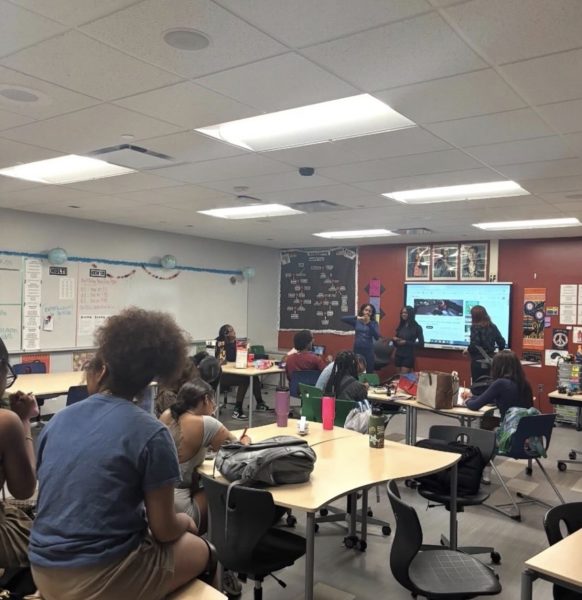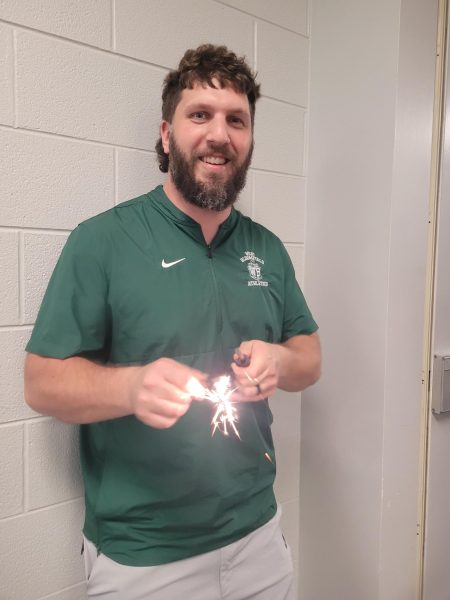7 Healthy Tips for the New Year
WBHS Alum and registered dietician shares some of her best tips for teens.

As 2017 starts swinging at full force and high schoolers are busy with finals, it is important for them to get the proper nutrition they might have missed out on before. Spectrum decided to talk to Natasha Ford, WBHS 2008 graduate and registered dietician for her top tips
1.Eat breakfast
Even if you don’t feel hungry, the last time you presumably ingested food was the previous day. So going to school and expecting to be able to perform your best without breakfast is very difficult. If you are a person who normally skips breakfast, try a small meal such as a piece of toast with peanut butter or a hard boiled egg. They are quick and easy to make while providing your body with what you need to start the day
2.Drink milk or milk substitute
Did you know that a peak time for your bone development is around your teenage years? To ensure that you have adequate bone growth it is crucial for you to always incorporate a source of some calcium in your diet. Whether it be milk, leafy greens or some fruits, your body needs around 1200mg of calcium per day to ensure later in life you don’t develop osteoporosis or osteomalacia.
3.Get exercise
Going along with drinking milk to help build strong healthy bones it is important to get exercise. Some weight-bearing things like walking, running and even lifting weights are good for your body. There’s no need to overdo it, but exercise does much more than help you maintain, lose, or make gains in your weight.
4.Drink plenty of water
It’s impossible to list all the benefits of adequate hydration! We need water in our kidneys to help flush out toxins, hydrate our skin, cushion our organs (Did you know that the brain is 70% water?). We need to replace water given off through respiration, perspiration, and urination. If you have trouble drinking water, try sparkling water with no added sugar, or try adding lemon to your water.
5.Make sure to include a variety of colors on your plate
Have you ever looked at your plate at Thanksgiving or during other holidays and only seen brown, white, and more brown? It probably means you are not incorporating enough food groups. I’m sure you’ve heard of MyPlate, the initiative by Michelle Obama and USDA. ½ of your plate should be colors like fruits and vegetables; the other ½ of your plate should include a protein source and a whole grain source. Experiment with different combinations and come up with some creative meals. Don’t forget your source of dairy on the side to drink.
6.A little bit of salt goes a long way
Did you know that one teaspoon contains more than the total amount of salt one should consume in one day! Processed snack foods and fast foods may be convenient ,but try to incorporate some fresh foods as well.
7.Protein keeps you full
Proteins break down slower than carbohydrates, and usually contain some fat that further delays digestion. I know the trend can be to only eat protein and cut out carbs, but it is important to strike a balance. Carbs are quickly broken down as energy for the body so they are still needed, but protein is broken down into amino acids that have various functions in the body, including building muscles. Proteins include, nuts, lean meat, beans, milk, yogurt, and cheese.
Your donation will support the student journalists of West Bloomfield High School. Your contribution will allow us to purchase equipment and cover our annual website hosting costs.
Emma Lundgren is a Sophomore at WBHS and this is her second year writing for Spectrum. She enjoys writing about pop culture, school life and student opinion....






